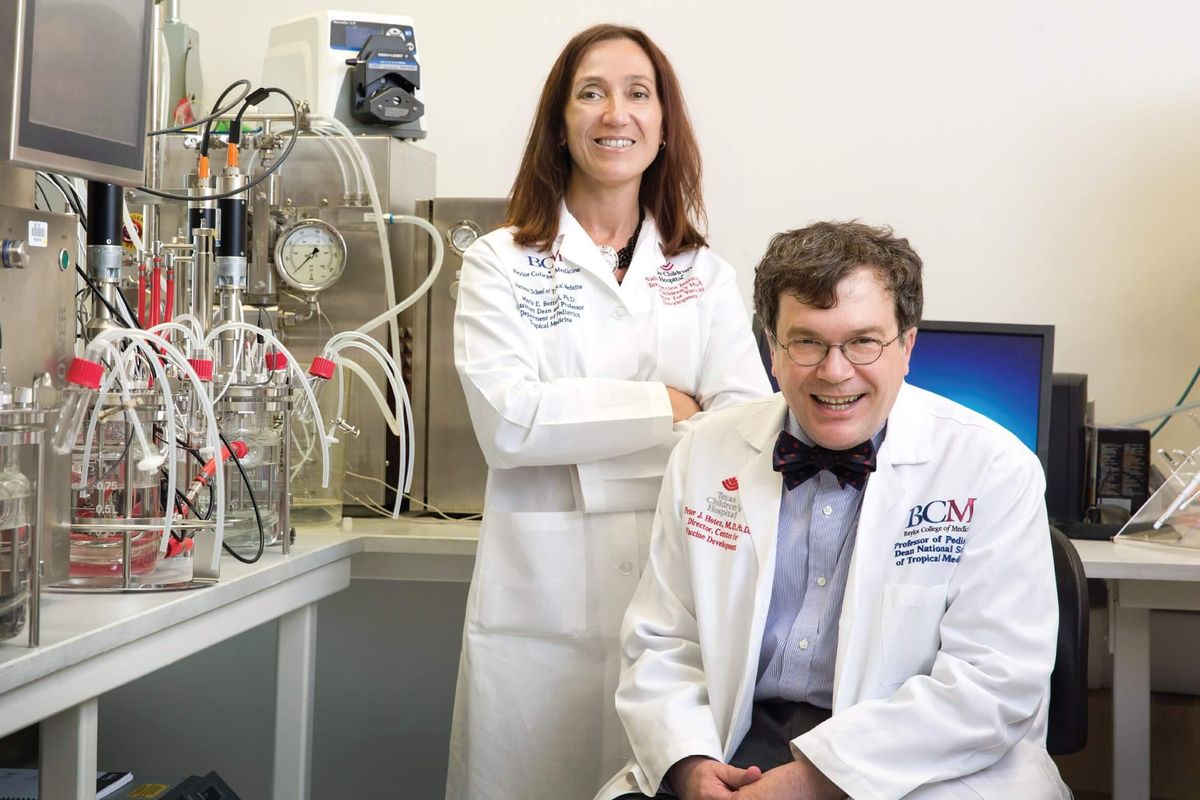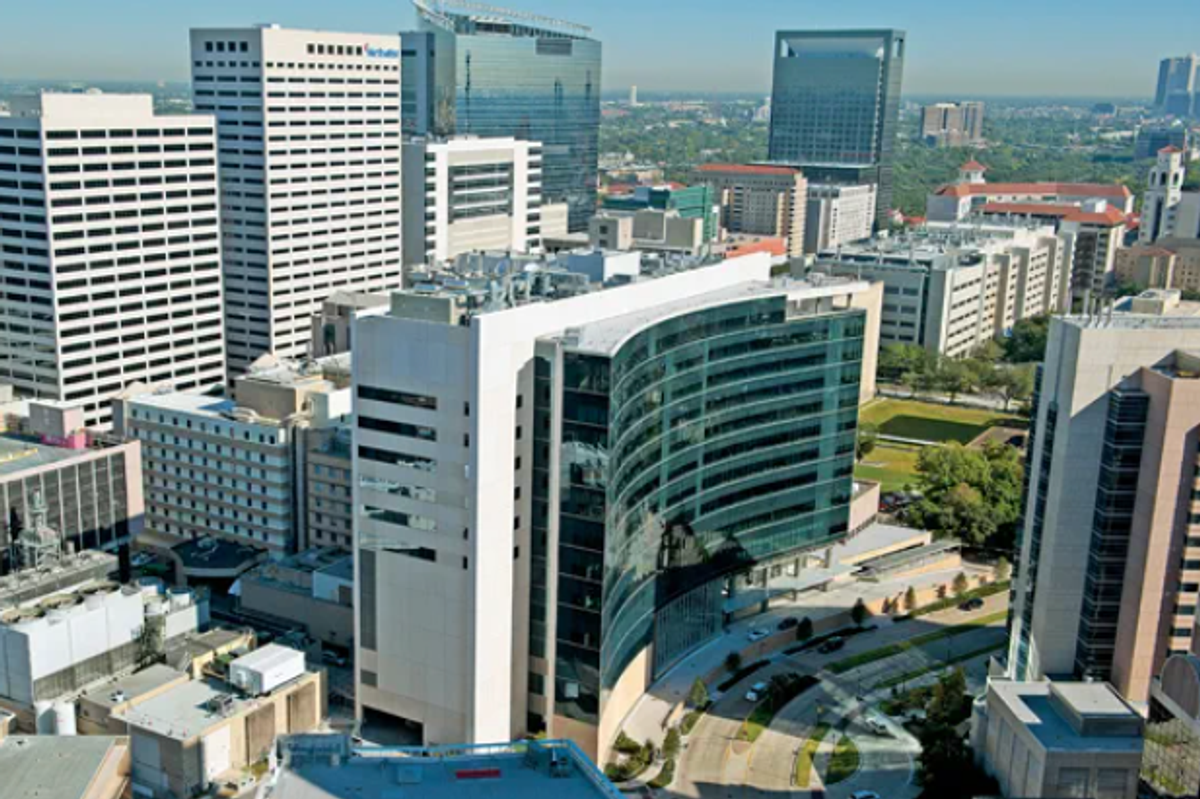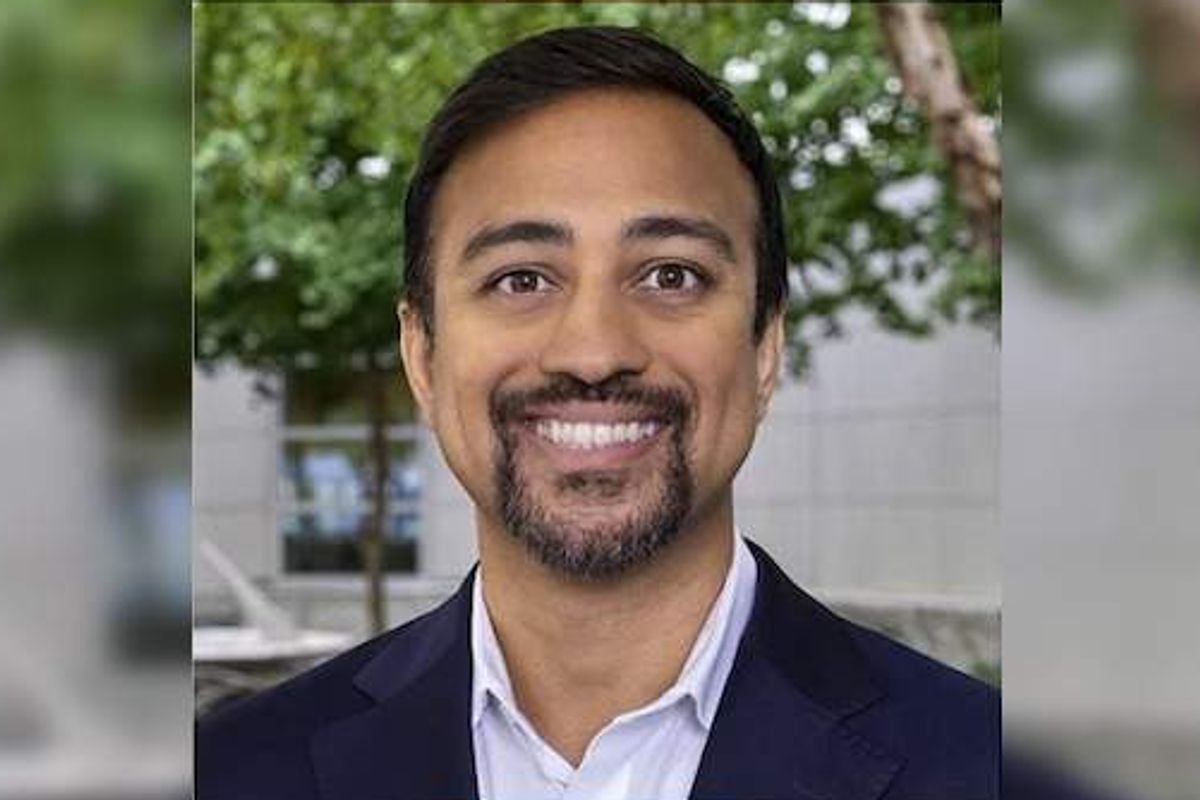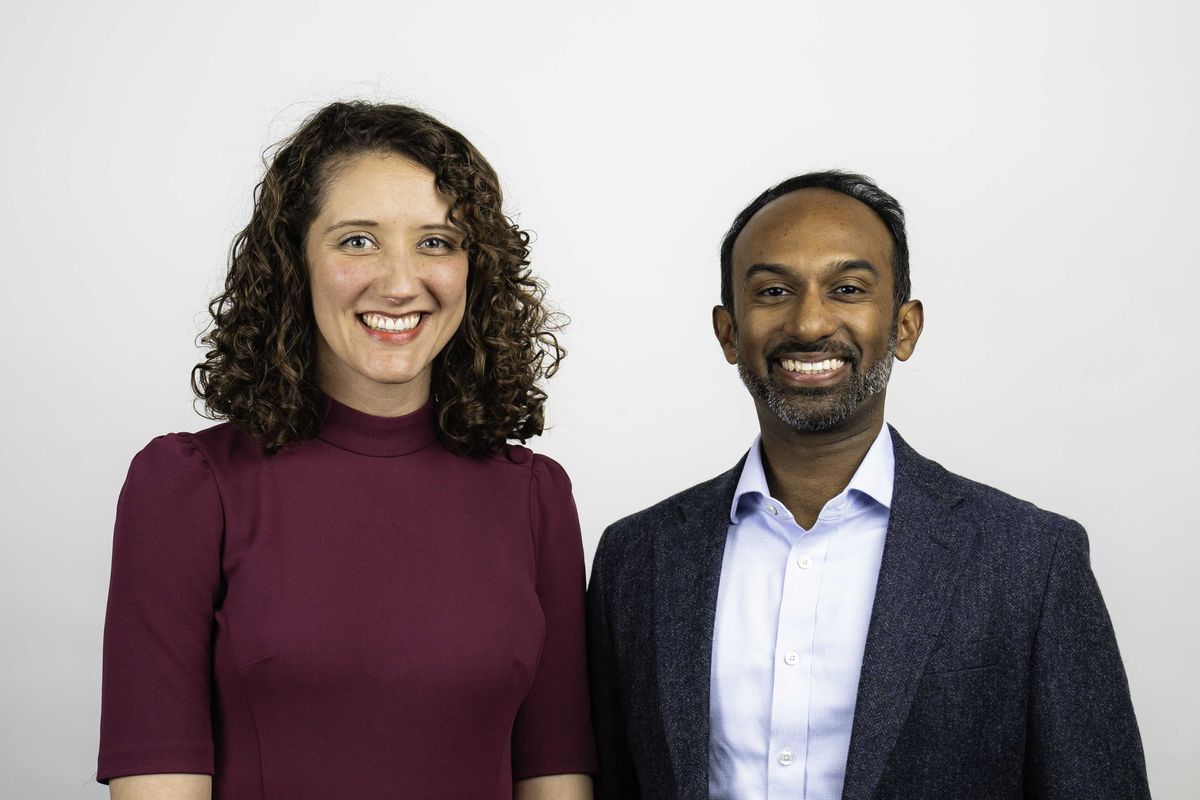Texas ranks among 10 best states to find a job, says new report
jobs report
If you’re hunting for a job in Texas amid a tough employment market, you stand a better chance of landing it here than you might in other states.
A new ranking by personal finance website WalletHub of the best states for jobs puts Texas at No. 7. The Lone Star State lands at No. 2 in the economic environment category and No. 18 in the job market category.
Massachusetts tops the list, and West Virginia appears at the bottom.
To determine the most attractive states for employment, WalletHub compared the 50 states across 34 key indicators of economic health and job market strength. Ranking factors included employment growth, median annual income, and average commute time.
“Living in one of the best states for jobs can provide stable conditions for the long term, helping you ride out the fluctuations that the economy will experience in the future,” WalletHub analyst Chip Lupo says.
In September, Gov. Greg Abbott announced Texas led the U.S. in job creation with the addition of 195,600 jobs over the past 12 months.
“Texas is America’s jobs leader,” Abbott says. “With the best business climate in the nation and a skilled and growing labor force, Texas is where businesses invest, jobs grow, and families thrive. Texas will continue to cut red tape and invest in businesses large and small to spur the economic growth of communities across our great state.”
While Abbott proclaims Texas is “America’s jobs leader,” the state’s level of job creation has recently slowed. In June, the Federal Reserve Bank of Dallas noted that the state’s year-to-date job growth rate had dipped to 1.8 percent, and that even slower job growth was expected in the second half of this year.
The August unemployment rate in Texas stood at 4.1 percent, according to the Texas Workforce Commission. Throughout 2025, the monthly rate in Texas has been either four percent or 4.1 percent.
By comparison, the U.S. unemployment rate in August was 4.3 percent, according to the U.S. Bureau of Labor Statistics. In 2025, the monthly rate for the U.S. has ranged from 4 percent to 4.3 percent.
Here’s a rundown of the August unemployment rates in Texas’ four biggest metro areas:
- Austin — 3.9 percent
- Dallas-Fort Worth — 4.4 percent
- Houston — 5 percent
- San Antonio — 4.4 percent
Unemployment rates have remained steady this year despite layoffs and hiring freezes driven by economic uncertainty. However, the number of U.S. workers who’ve been without a job for at least 27 weeks has risen by 385,000 this year, the Bureau of Labor Statistics reported in August. That month, long-term unemployed workers accounted for about one-fourth of all unemployed workers.
An August survey by the Federal Reserve Bank of New York showed a record-low 44.9 percent of Americans were confident about finding a job if they lost their current one.
















